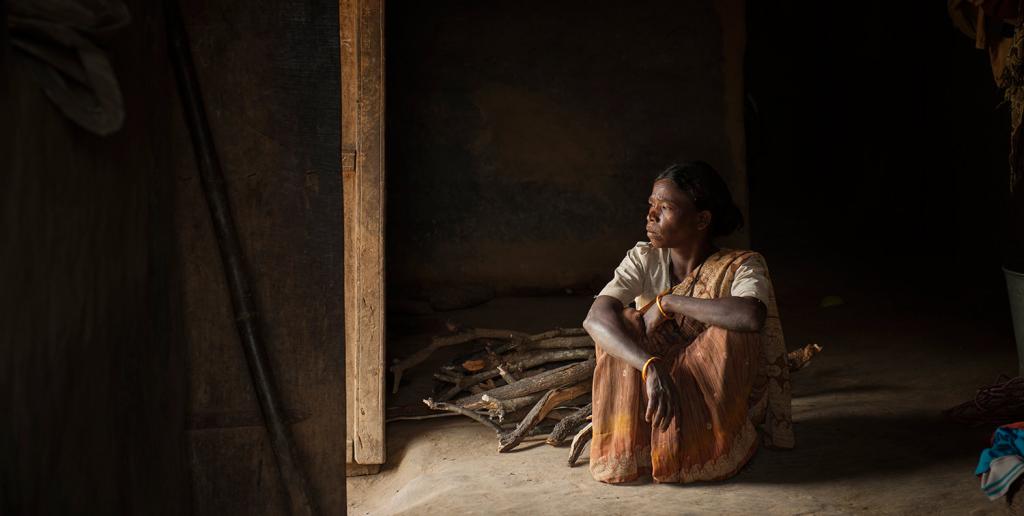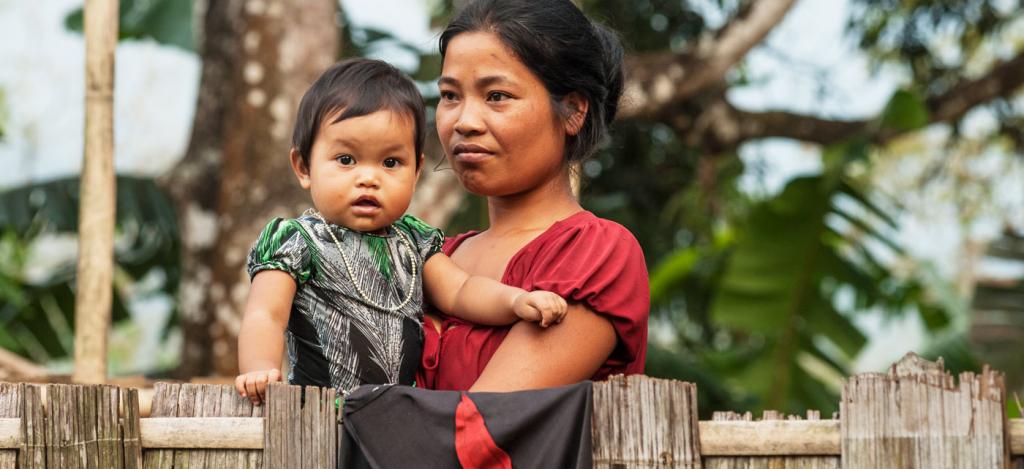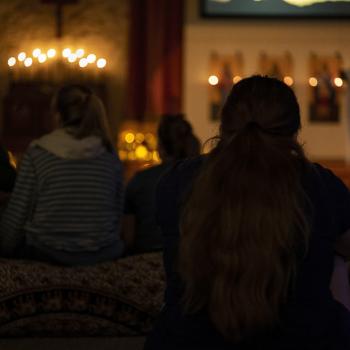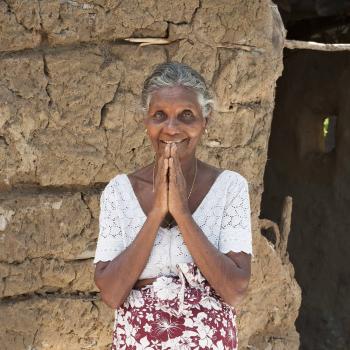Wills Point, Texas – GFA Special Report (Gospel for Asia) – Discussing why women are targets of abuse and discrimination, and why there is violence against the girl child.
Geeta, a mother of two, lived in the slums and struggled to put food on the table every day with the meager 20 rupees her husband gave her. That amount equaled less than 50 cents at the time.
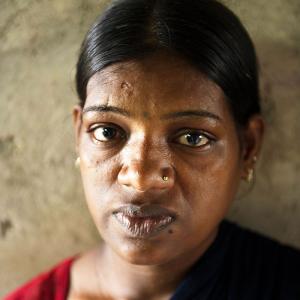
In the evening, Geeta’s husband would come home drunk, having spent most of his earnings on alcohol. When she did not meet his expectations for dinner, he’d bring out whatever stick, rod or bat he could find and beat her in his drunken anger.
What Geeta endured at the hands of her husband is the story countless women across Asia can share. The circumstances may be different, but the reality is the same. Throughout the centuries, women have silently suffered violence at the hands of their husbands who were supposed to love them, at the hands of their close and distant relatives who were supposed to care for them, and at the hands of strangers who were never supposed to have their hands on them in the first place.
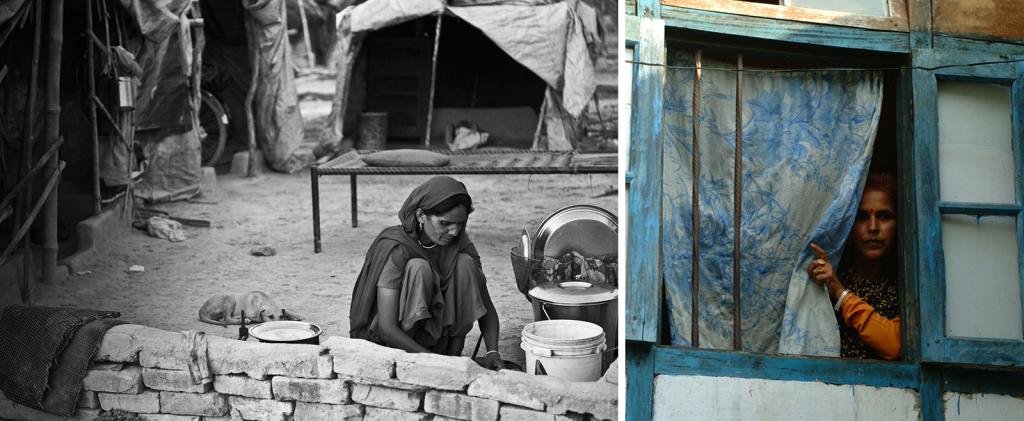
Violence against women stretches from country to country and takes on many forms. It is estimated that 1 in 3 women—globally—have or will experience abuse in their lifetime.
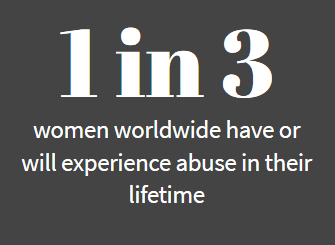 In 1993, the United Nations General Assembly defined violence against women as “any act of gender-based violence that results in, or is likely to result in, physical, sexual or psychological harm or suffering to women, including threats of such acts, coercion or arbitrary deprivation of liberty, whether occurring in public or in private life.”
In 1993, the United Nations General Assembly defined violence against women as “any act of gender-based violence that results in, or is likely to result in, physical, sexual or psychological harm or suffering to women, including threats of such acts, coercion or arbitrary deprivation of liberty, whether occurring in public or in private life.”
In 1999, it again reiterated this and established November 25 as International Day for the Elimination of Violence Against Women.
The World Bank released a report in 2014 titled “Violence against Women and Girls: Lessons from South Asia,” which categorized the various types of abuse and discrimination women endure throughout the stages of their lives. Female infanticide, child marriage, dowry violence, domestic violence between spouses and family members, sexual harassment, trafficking and honor killings are only some of the violence reviewed.
Violence against women in South Asia is particularly high. The World Health Organization (WHO) reports that the prevalence of violence against women in this region is at 37.7 percent, compared to “23.2% in high-income countries and 24.6% in the Western Pacific region.”
Gospel for Asia (GFA) field partners see the effects of this violence firsthand as they minister to battered women, abused daughters and neglected widows.
In 2014, Gospel for Asia released a documentary film called “Veil of Tears,” profiling the gender-based violence that millions of women across Asia endure. It introduced us to Maloti, whose in-laws tried to kill her because she was of a lower caste than they; and Suhkwinder, who wanted to commit suicide because of the constant verbal abuse from her in-laws for not giving birth to a son.
These women, including Geeta, reveal the degrees at which a woman’s dignity is at stake—even snatched away.
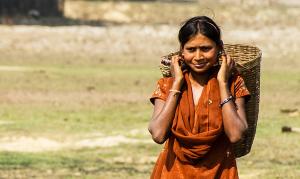
But why are women targets of abuse and discrimination? Why does it seem almost like a requirement for women to silently endure the violence done against them?
Gospel for Asia would like to suggest it begins when people no longer see others as made in the image of God, as “knit from the same cloth,” as fellow human beings and citizens with equal rights and values.
Throughout the countries that make up Asia, women have been regarded as inferior to men. Historical traditions and customs permeate and perpetuate the worldview that females are less than men and should be treated as such. This perception taints the way people look at women and girls. What’s tragic is that this discrimination starts at conception.
Violence Against the Girl Child

Dr. Daniel, director of Gospel for Asia (GFA)-supported medical ministry in Asia, looked at the newborn bundled in her mother’s lap and knew this baby girl was in danger. She was emaciated. Her eyes sunk in their sockets. She struggled for breath, “as if someone had a stranglehold on her neck,” he said.
She wasn’t going to last long if they didn’t rush her to the hospital. He urged them to go, hurry, take her to the hospital. There wasn’t much he could do at this small medical camp in this rural village. Yet, even if she did make it to the hospital, Dr. Daniel wondered if it was just too late for this precious child.
A little later, he saw the mother again still holding her gravely ill newborn. She and her husband hadn’t gone to the hospital. He couldn’t comprehend why they still lingered; then the truth came out: They didn’t want to save their daughter. To them she was “a burden, another mouth to feed, an expensive dowry payment for a future husband.”
It’s widely known that Asia has a highly disproportionate ratio of men to women. The reason? Son preference.
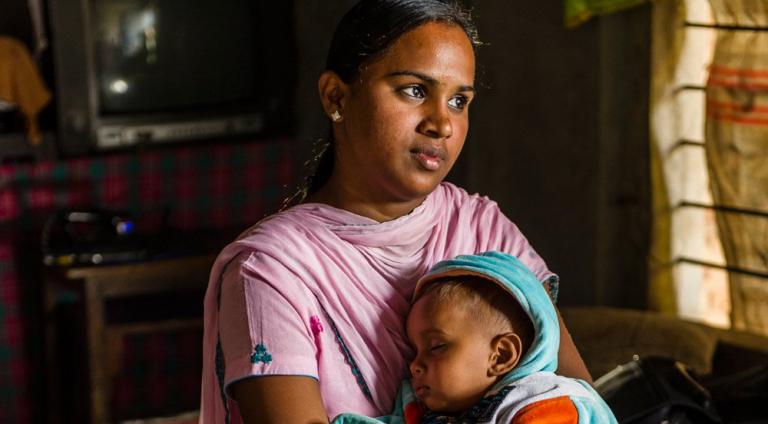
According to World Bank’s report, “Some degree of son preference is evident in most societies. But son preference so strong as to cause daughter aversion and consequent sex differences in child mortality in excess of what is biologically expected occurs only in a few parts of the world, of which South Asia is a prominent example.”
Mothers and fathers want sons. Sons bring honor to the family. Sons carry on the family name. Sons will provide for the family. Daughters, on the other hand, only result in debt. Parents raise them, spend money on their food and maybe their education only so they can become someone else’s “property” after they marry. Then they require a dowry, an obligatory “gift” from the bride’s family to the groom’s family, which is typically determined by the bride’s soon-to-be in-laws and places the bride’s family at their mercy.
They didn’t want to save their daughter. To them she was “a burden, another mouth to feed, an expensive dowry payment for a future husband.”
To avoid the “problem” of having a daughter and the impending burdens they bring, many parents will either abort the girl child or neglect them once they’re born, like that mother at the medical camp had done.
Even before they take their first breath, females are denied the basic human right to live.
The shocking issue of gendercide was revealed in the 2012 documentary called “It’s a Girl.” As stated on the film’s official website: “In India, China and many other parts of the world today, girls are killed, aborted and abandoned simply because they are girls. The United Nations estimates as many as 200 million girls are missing in the world today because of this so-called ‘gendercide’.”
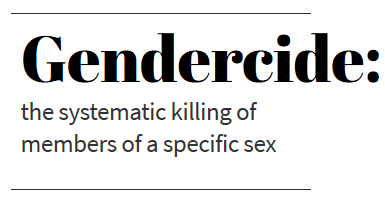 Think about it: 200 million girls and women who should be living and breathing right now, who could have made a contribution to their societies, who could have…changed the world. Yet they no longer exist, murdered even before they had the chance to live, or neglected without a care.
Think about it: 200 million girls and women who should be living and breathing right now, who could have made a contribution to their societies, who could have…changed the world. Yet they no longer exist, murdered even before they had the chance to live, or neglected without a care.
One nation in Asia (India) took a major step in preventing gendercide. In 1994, the government of India enacted the Preconception and Pre-Natal Diagnostic Techniques (Prohibition of Sex Selection) Act to address female feticide and sex-selection—prohibiting, in a word, “gendercide”. The authorities took it a step further in 2011 by condemning the “misuse of pre-natal diagnostic techniques for sex determination of fetuses leading to female foeticide.” Clearly put: Ultrasounds became illegal in India, if they were intended to determine the sex of the baby for the purpose of abortion. For one of the world’s most populous nations, these are great steps to prevent discrimination against women.
The Indian government also enacted various other laws that protect women and their rights, including the Prohibition of Child Marriage Act, the Dowry Prohibition Act and the Sexual Harassment of Women at Workplace (Prevention, Prohibition and Redressal) Act, and many more.
Yet Gospel for Asia field partners still see the horrific results of gendercide: hospital dumpsters holding the dead bodies of newborn baby girls. They’ve seen the disregard—even hatred—some have for their daughters and have shared some of those stories with us.
One is the well-known story of Ruth, whose father despised her for being born a girl. Another is about a couple who threw their newborn baby girl in the hospital dumpster because she looked “abnormal.” And yet another is about a daughter who was called the curse of the family.
In each of these cases, these young girls faced discrimination and mistreatment on the sole basis of being female. The only thing they had done wrong is be born with the wrong anatomy.
The infant mortality rate among females in South Asia is 38.3 per 5,000 live births. Compare that to 5.5 for the United States and United Kingdom put together. Oxfam International reported once that “One in six deaths of a female infant in India, Bangladesh, and Pakistan is due to neglect and discrimination.”
The World Bank affirms this: “Much of the observed excess female child mortality is achieved not by outright infanticide or other physical abuse leading to death, but by more indirect forms of violence in the shape of neglect and discrimination resulting in death.”
=====
This Special Report has two more blogs coming — Targets of Abuse Part 2 | Targets of Abuse Part 3
Click here, to read more blogs on Patheos from Gospel for Asia.
Go here to know more about Gospel for Asia: Facebook | Youtube | Twitter | GFA Reports


